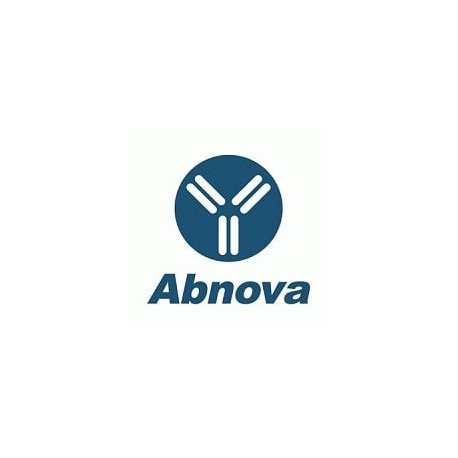Cart 0 Product Products (empty)
No products
To be determined Shipping
0,00 € Total
Prices are tax excluded
Product successfully added to your shopping cart
Quantity
Total
There are 0 items in your cart. There is 1 item in your cart.
Total products (tax excl.)
Total shipping (tax excl.) To be determined
Total (tax excl.)
Data sheet of ACOX2 polyclonal antibody
| Brand | Abnova |
| Product type | Primary antibodies |
| Reactivity | Human |
| Host species | Goat |
| Applications | ELISA,WB-Ti |
More info about ACOX2 polyclonal antibody
| Brand: | Abnova |
| Reference: | PAB7223 |
| Product name: | ACOX2 polyclonal antibody |
| Product description: | Goat polyclonal antibody raised against synthetic peptide of ACOX2. |
| Gene id: | 8309 |
| Gene name: | ACOX2 |
| Gene alias: | BCOX|BRCACOX|BRCOX|THCCox |
| Gene description: | acyl-Coenzyme A oxidase 2, branched chain |
| Immunogen: | A synthetic peptide corresponding to human ACOX2. |
| Immunogen sequence/protein sequence: | C-HQSRLRPSDPEAK |
| Protein accession: | NP_003491.1 |
| Form: | Liquid |
| Concentration: | 0.5 mg/mL |
| Recommend dilutions: | ELISA (1:32000) Western Blot (0.1-0.3 ug/mL) The optimal working dilution should be determined by the end user. |
| Storage buffer: | In Tris saline, pH 7.3 (0.5% BSA, 0.02% sodium azide) |
| Storage instruction: | Store at -20°C. Aliquot to avoid repeated freezing and thawing. |
| Quality control testing: | Antibody Reactive Against Synthetic Peptide. |
| Note: | This product contains sodium azide: a POISONOUS AND HAZARDOUS SUBSTANCE which should be handled by trained staff only. |
| Product type: | Primary antibodies |
| Host species: | Goat |
| Antigen species / target species: | Human |
| Specificity: | This antibody was designed using the mouse sequence, which differs by 1 amino acids (from the human sequence. |
| Reactivity: | Human |
| Application image: |  |
| Application image note: | ACOX2 polyclonal antibody (Cat # PAB7223) (0.1 ug/mL) staining of human liver lysate (35 ug protein in RIPA buffer). Primary incubation was 1 hour. Detected by chemiluminescence. |
| Applications: | ELISA,WB-Ti |
| Shipping condition: | Dry Ice |
| Publications: | Molecular characterization of the human peroxisomal branched-chain acyl-CoA oxidase: cDNA cloning, chromosomal assignment, tissue distribution, and evidence for the absence of the protein in Zellweger syndrome.Baumgart E, Vanhooren JC, Fransen M, Marynen P, Puype M, Vandekerckhove J, Leunissen JA, Fahimi HD, Mannaerts GP, van Veldhoven PP. Proc Natl Acad Sci U S A. 1996 Nov 26;93(24):13748-53. |


